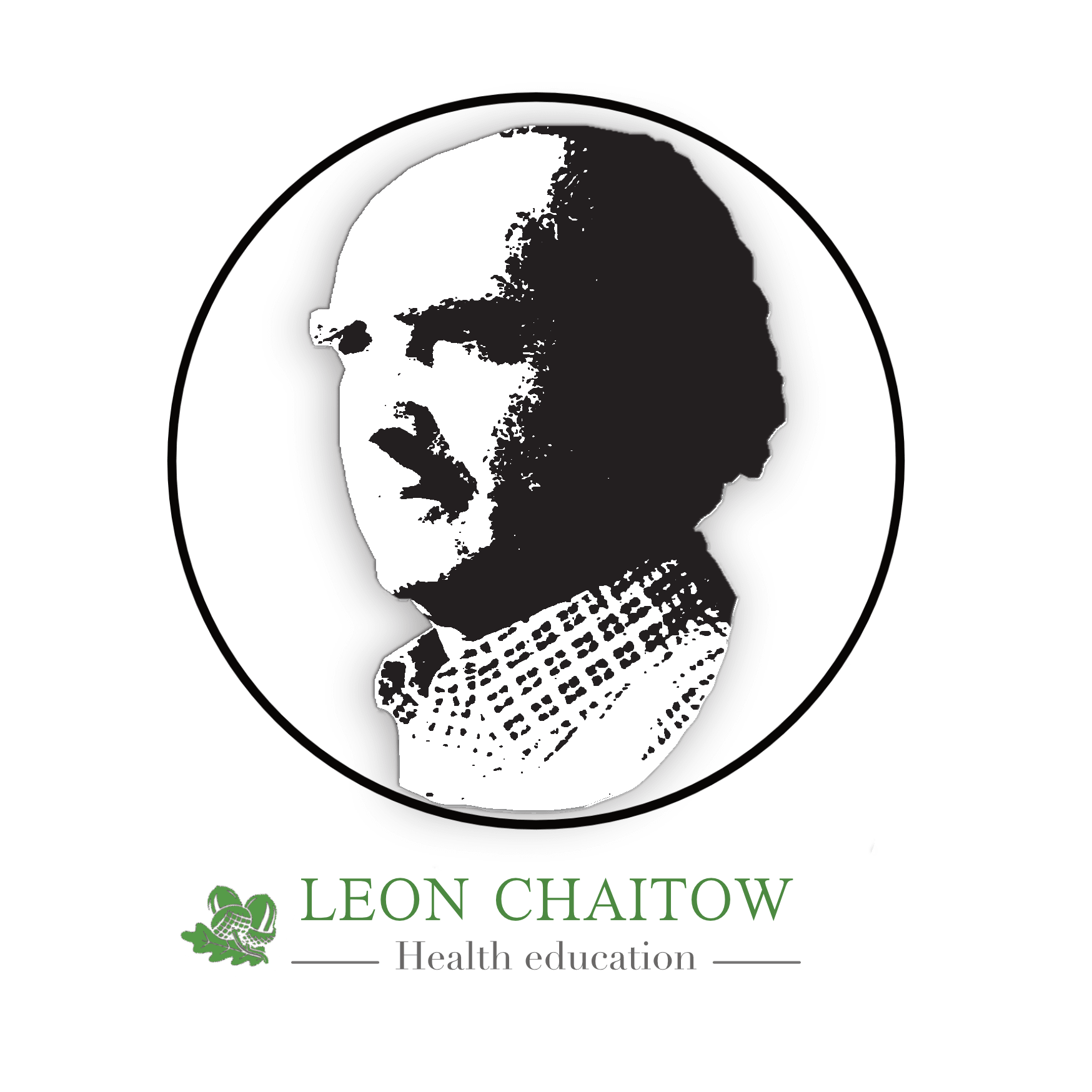Originally published in Massage Today
December, 2009, Vol. 9, Issue 12
In recent years, there has been an explosion of interest in translational research.1,3-5 This research looks at ways in which the evidence that emerges from basic research in laboratory settings can become more clinically usable.
In other words, how scientific evidence translates into what you and I do with our hands, assessments, treatments and re-education of patients towards better posture, breathing and ergonomics.
Translational research has become a priority for major organizations such as the National Institutes of Health (NIH), which initiated the Clinical and Translational Science Award (CTSA) program in 2006, as well as forming a number of academic centers to promote these ideas. For more on NIH’s translational research initiatives, go tohttp://nihroadmap.nih.gov/clinicalresearch/overview-translational.asp.
Recent Studies
A number of peer-review journals (several of them open access) have emerged on the topic, although none so far has focused primarily on biomechanical/manual health enhancement methods.
What therapists actually do is being translated into research, but not always in ways that will delight everyone. For example, a recent translational research study looked the effects ofmassage after eccentric exercise.2 The basic manual effects of Swedish massage were analyzed, and mechanical methods was developed that could apply intermittent loading to the muscles of rabbits that had been artificially exercised. This bizarre research was meant to mimic the effects of Swedish massage in order to evaluate the effects this had in preventing damage to muscles that had been eccentrically exercised.
The study reported: “The tibialis anterior muscles of six New Zealand White rabbits were subjected to one bout of damaging, eccentric contractions. One muscle was immediately subjected to cyclic compressive loads, and the contralateral served as the exercised control.” These researchers concluded that subjecting muscle to such compressive loads (i.e., “massage”) immediately after exercise leads to an enhanced recovery of muscle function and reduction of the damaging effects of inflammation in the rabbits.
A bout of primitive thinking suggests to me that this same information could possibly have been obtained by having volunteers exercise their legs eccentrically. This would be followed by Swedish massage on one of the legs, with a subsequent evaluation of the outcomes using perhaps real-time ultrasound, functional MRI or a simple visual analogue scale to measure pain thresholds. This could all be accomplished without bothering the rabbits.
Despite the relative craziness of this particular study (in my personal opinion), there can be very real value to ourselves, and those we treat, when translational research takes original scientific studies and applies them to our ability to better use manual therapy.
This trend will become even more valuable when scientists learn to address practitioner needs more clearly when they publish their results; for example, if they can more adequately ensure that they explain to readers, as far as possible, the clinical relevance of their research. After all, wouldn’t we all benefit from knowing which methods of assessment are most clinically accurate and useful; which methods are safest and most effective in particular settings; and which mechanisms are involved when different modalities are used in different ways?
Upcoming Translational Research Events
It’s possible to see that both the scientific and the clinical aspects of translational research are important. Both aspects will be discussed next spring, when the University of Ulm in Germany will be hosting a unique event in which researchers and clinicians will gather for an interdisciplinary fascia research course. The aim of this workshop (restricted to 48 participants) is to help to train clinicians in basic principles of fascia-directed research.
Participants will include physiotherapists, bodyworkers, medical doctors, sports coaches and movement instructors. The classes will include hands-on fascia explorations on human cadavers and animal tissue dissections, as well as clinical examination and palpation. For details visitwww.uni-ulm.de/einrichtungen/akademie-wwt/kursprogramm/medizin-und-biowissenschaften/interdisciplinary-fascia-research.html.
Another 2010 event that has translational research as a major focus will be the Massage Therapy Foundation’s second “Highlighting Massage Therapy in CIM Research” conference, to be held in Seattle May 13-15. For more information about this, visitwww.massagetherapyfoundation.org/researchconference2010.html.
The future for bodywork looks bright, with translational concepts emerging as a catalyst for enhanced dialogue between scientists and clinicians to the ultimate benefit of patients – if not rabbits.
References
- Bluher S, Mantzoros C. Leptin in humans: lessons from translational research. Am J Clin Nutr 2009;89(3):991S-7S.
- Butterfield T, Zhao Y, Agarwal S, et al. Cyclic compressive loading facilitates recovery after eccentric exercise. Med Sci Sports Exercise 2008;40(7):1289-96
- Pincus H. Challenges and pathways for clinical and translational research: Why is this research different from all other research? Acad Med 2009;84(4):411-2.
- Thomas C. Between bench and bedside: Which research manuscripts are truly translational? Gastroenterology 2009;136(5):1484-6.
- Woolf SH. The meaning of translational research and why it matters. JAMA2008;299(2):211-3
